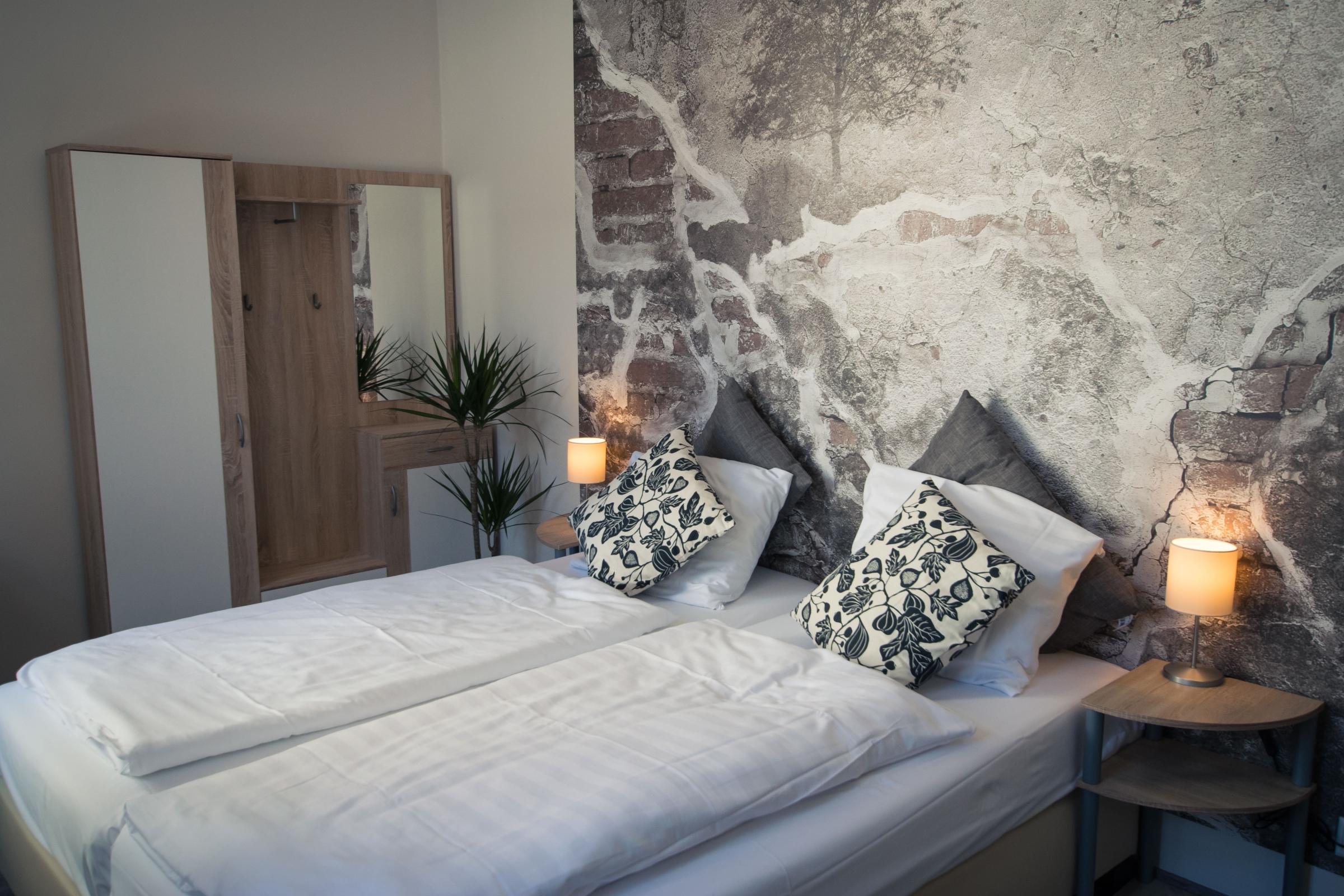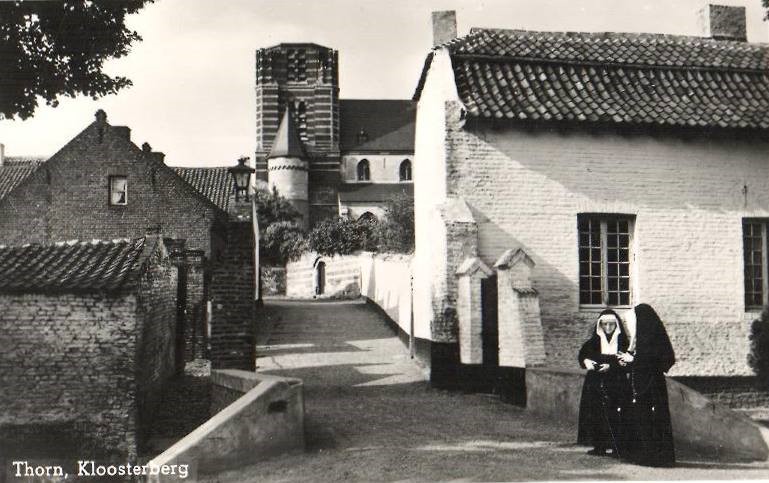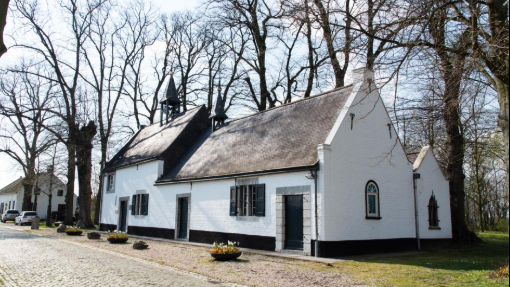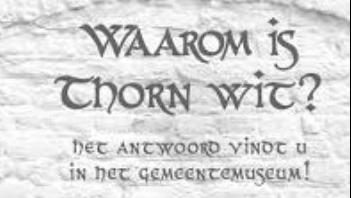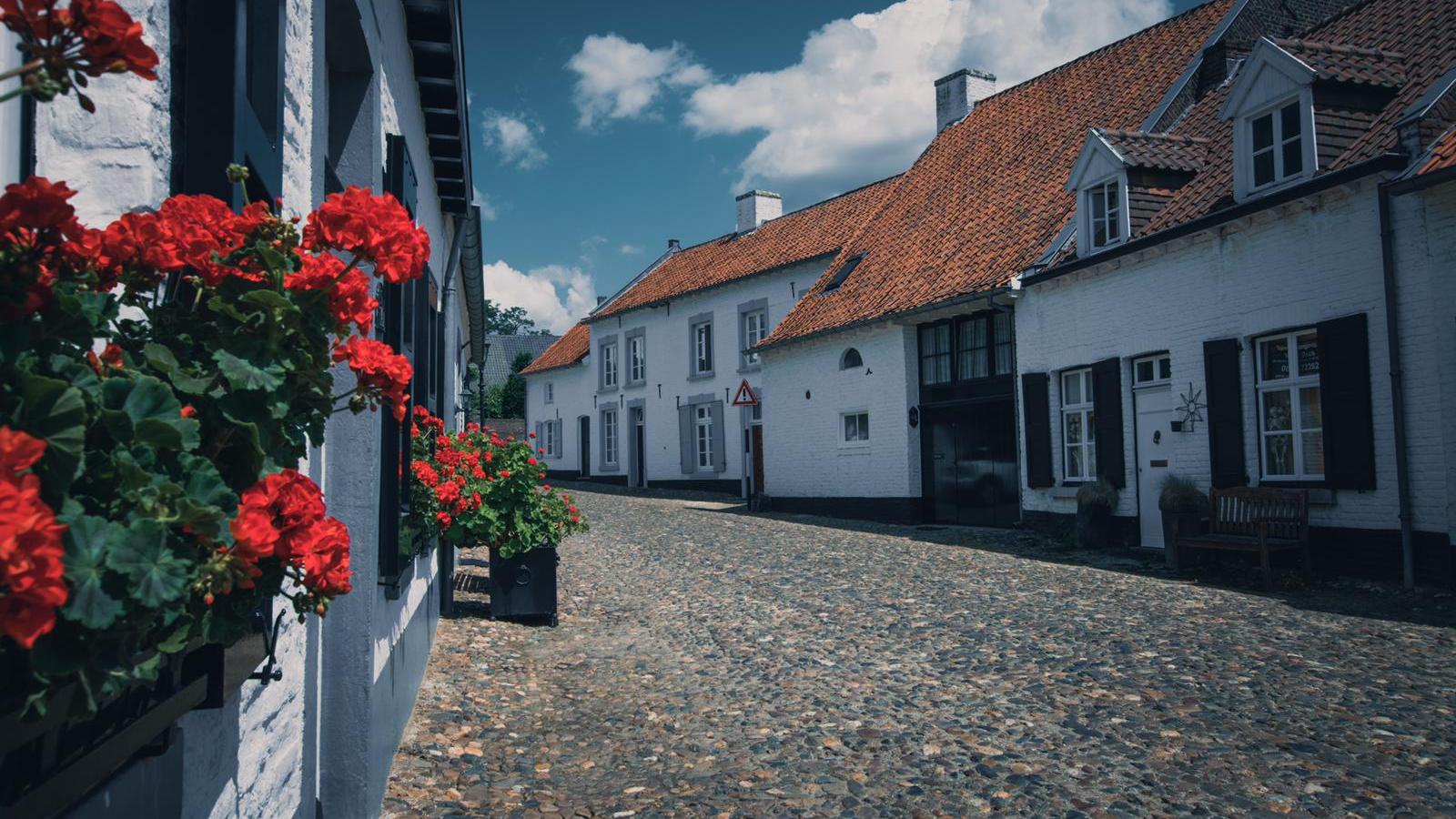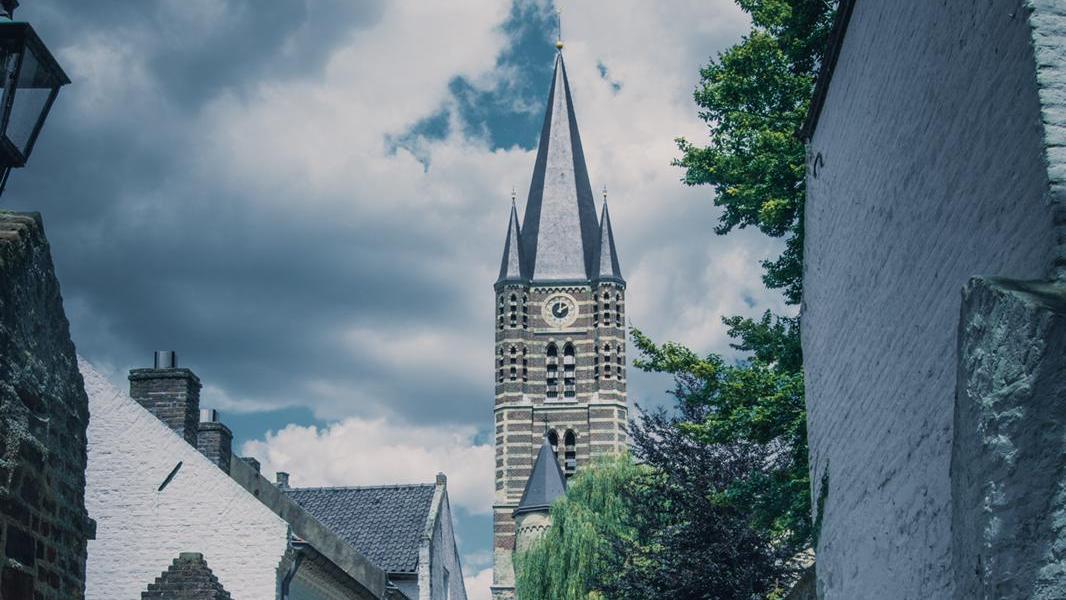Thorn
The foundation of Thorn starts with the establishment of a family monastery by Count Ansfried and his wife Hereswind. They appointed their daughter Benedicta as the first Abbess. The foundation and construction of the monastery and the Abbey Church took place between 985 and 995.
Thorn is a secular Stift (Monastery). Monastics were allowed to manage their own properties, keep in touch with their families and leave the monastery if a suitor came forward. The number of early ladies in our monastery was between 10 and 20. They had enormously scattered holdings of land in Thorn, Landgraaf, the German Ȕbach-Palenberg, the Belgian Maasmechelen and areas between Geertruidenberg and Baarle-Hertog. Everything a monastery needed was produced here with the help of servants. To assist the Abbess she hired canons (priests). They took care of the religious ceremonies, directed the staff and assisted the Abbess in running the Abbey.
As of the 13th century, only very noble ladies were allowed to live in this Monastery. They had their own houses, but slept in the monastery.
Between the 14th and 18th centuries many houses of canon and canoness houses were rebuilt, enlarged and decorated. To hide the traces of this renovation, the houses were eventually painted white. A white building also radiated a certain status.
Under the reign of Emperor Charles V and his successor Ferdinand, Thorn became a small Principality from 1586 onwards. The Abbess became Imperial Princess and the Principality of 4000 inhabitants occasionally played an important role in European politics.
Until the occupation of Thorn by the French in 1794, the Abbesses and people of Thorn lived together in peace and prosperity. Many of the buildings of the Stift were demolished between 1806 and 1810 and the parish church (where the Churchyard is now) was demolished in 1814.
In the first half of the 19th century, a quarter of the population was financially unstable. Many men left for work in the Ruhr area in Germany and daughters were employed as housekeepers for the rich ladies in Antwerp.
After the 1st World War, mining in Limburg got busier and busloads of Thorner men started working in, for example, the Maurits State Mine in Geleen.
From 1952 forward Thorn was regularly in the spotlight because journalists started to write about our beautiful, unique town. With the help of the Mayor, all kinds of authorities, the population and entrepreneurs, up to 100 monuments were renovated. Many day tourists came to visit Thorn. Finally, the restoration of the old city centre was completed in 1985.
For guided tours:
VVV Thorn, Wijngaard 14, 6017 AG Thorn,
Phone: +31(0)475 561 085 www.vvvmiddenlimburg.nl
Toertje Thorn Gidsenteam, Molenweg 1a, 6017 BM Thorn,
Phone: +31(0)620838458 www.toertjethorn.nl

